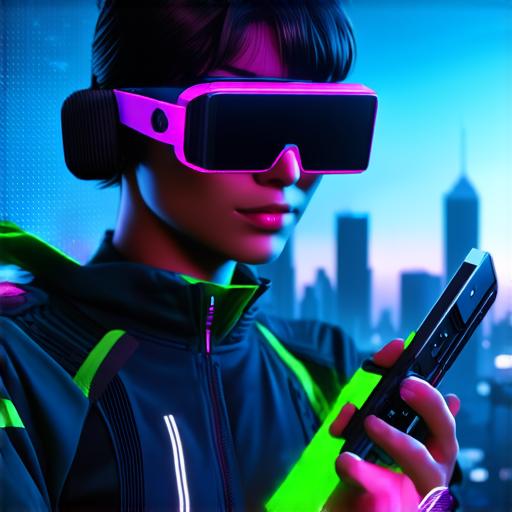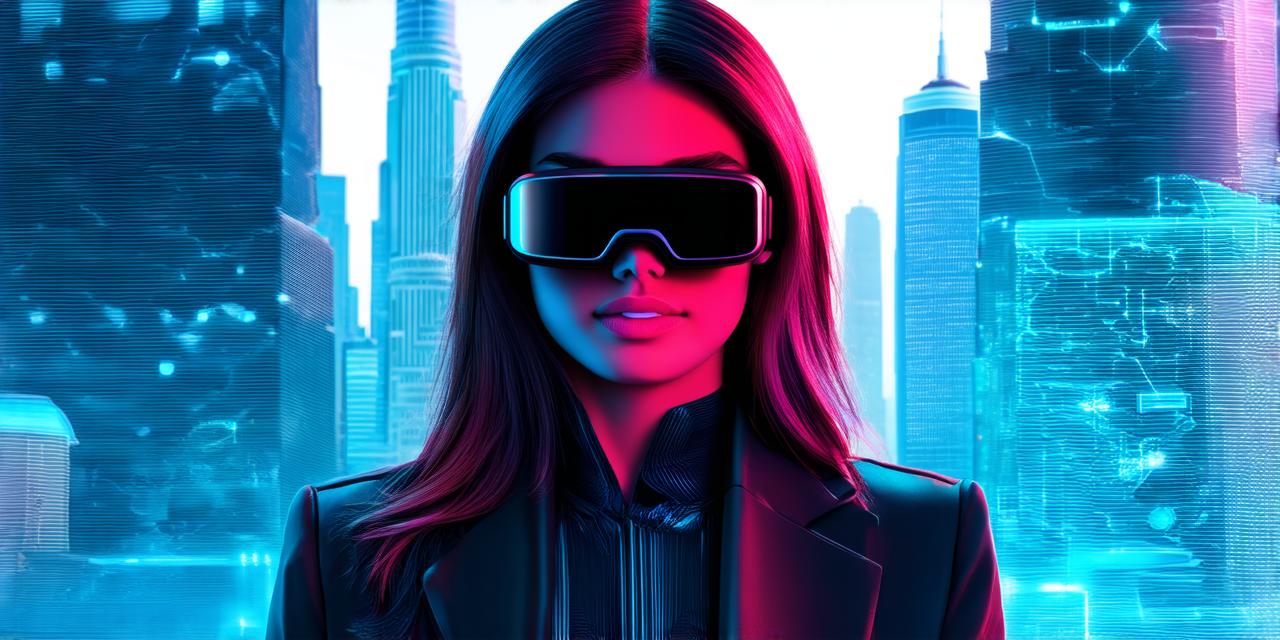Introduction
Virtual reality (VR) and augmented reality (AR) are two of the most exciting and rapidly evolving technologies of our time. They offer unique and immersive experiences that can transport users to different worlds, enhance their understanding of complex concepts, and enable them to interact with digital objects in ways that were previously unimaginable.
While VR and AR are often used interchangeably, they are not the same thing. VR is a fully immersive experience that creates a completely artificial environment, while AR overlays digital information on top of the real world. Despite their differences, XR (extended reality) technology encompasses both VR and AR, as well as other emerging technologies such as mixed reality (MR).
In this comprehensive guide, we will explore the connection between XR and virtual reality, highlighting key similarities and differences, and providing real-life examples of how XR technology is being used in various industries. We will also delve into the latest research and experiments that are shaping the future of XR, and offer insights from experts in the field.
Similarities between VR and AR
Despite their differences, both VR and AR share several similarities:
1. Immersive experiences: Both VR and AR create immersive experiences that engage users at a deep emotional level. They can transport users to different worlds, enable them to interact with digital objects in ways that were previously unimaginable, and enhance their understanding of complex concepts.
2. Interactive experiences: Both VR and AR are highly interactive experiences that allow users to explore and manipulate virtual objects in real-time. They offer a level of engagement and interaction that is not possible with traditional media such as television or cinema.
3. Potential for learning and training: Both VR and AR have the potential to be used for learning and training purposes, enabling users to develop new skills and knowledge in a safe and controlled environment.
4. Applications across industries: Both VR and AR have applications across various industries, including gaming, education, healthcare, real estate, and manufacturing.
Differences between VR and AR
While both VR and AR share some similarities, there are also several key differences between them:
1. Level of immersion: VR offers a fully immersive experience that completely blocks out the real world, while AR overlays digital information on top of the real world. This means that VR can create a more realistic and believable simulation, but AR can offer users more flexibility in how they interact with virtual objects.
2. Interaction with the real world: AR enables users to interact with the real world while also experiencing virtual objects, whereas VR creates a completely artificial environment that is disconnected from the real world. This means that AR can be used for a wider range of applications, including those that require users to remain grounded in reality.
3. Cost and complexity: VR is generally more expensive and complex than AR, requiring specialized equipment and software to create fully immersive experiences. AR, on the other hand, can be created using off-the-shelf technology such as smartphones and tablets.
4. Use cases: While both VR and AR have applications across various industries, they are often used for different purposes. VR is typically used for gaming, entertainment, and education, while AR is commonly used in manufacturing, retail, and healthcare.
XR Technology and its Applications
XR technology encompasses both VR and AR, as well as other emerging technologies such as MR. XR offers a new level of immersion and interaction that goes beyond traditional media, enabling users to experience virtual objects in ways that were previously unimaginable. Some of the key applications of XR technology include:
Gaming
XR gaming enables users to experience immersive and interactive games that offer a new level of realism and engagement. Examples include VR sports games, AR puzzle games, and MR games that combine elements of both VR and AR.
Education
XR technology can be used for educational purposes, enabling students to explore complex concepts in ways that were previously unimaginable. For example, VR simulations can be used to teach anatomy and physiology, while AR apps can be used to teach math and science.
Training and simulation
XR technology can be used for training and simulation purposes, enabling users to develop new skills and knowledge in a safe and controlled environment. For example, VR simulations can be used to train pilots and astronauts, while AR apps can be used to train surgeons and doctors.
Healthcare
XR technology has the potential to revolutionize healthcare by enabling doctors and patients to experience complex medical procedures and conditions in new ways. For example, VR simulations can be used to treat PTSD and anxiety disorders, while AR apps can be used to monitor patient vital signs and provide real-time feedback.
Retail
XR technology can be used in retail to create immersive and interactive shopping experiences that enable customers to try on clothes, visualize furniture in their homes, and explore products in 3D.
Manufacturing
XR technology can be used in manufacturing to streamline production processes, reduce errors, and improve quality control. For example, VR simulations can be used to test designs and prototypes, while AR apps can be used to visualize complex assembly instructions.
Examples of XR Technology in Action
To illustrate the potential of XR technology, let’s take a look at some real-life examples:
VR sports games
The FIFA World Cup has partnered with Epic Games to create an official VR game that lets users experience the excitement and tension of the tournament in virtual reality. The game includes interactive stadiums, customizable players, and real-time match data.
AR puzzle games
Puzzle games such as Ingress and Pokémon Go have used AR technology to create immersive and interactive gaming experiences that require users to explore the real world in order to complete challenges.
VR anatomy simulations
The AnatomosVR app uses VR technology to allow medical students to explore the human body in 3D, enabling them to gain a deeper understanding of complex anatomy and physiology.
AR retail experiences
IKEA has created an AR app that allows users to visualize furniture in their homes before making a purchase. The app uses real-time camera tracking to accurately place virtual furniture in the user’s space, enabling them to see how it looks and fits.
VR therapy for PTSD

The Department of Veterans Affairs has partnered with PixoVR to create a VR program that treats veterans with PTSD by exposing them to realistic simulations of combat scenarios. The program has been shown to be effective in reducing symptoms of PTSD.
AR healthcare monitoring
The Wearable Health app uses AR technology to monitor patient vital signs and provide real-time feedback to doctors. The app can be used to track heart rate, blood pressure, and oxygen levels, enabling doctors to intervene early if necessary.
Conclusion
XR technology represents a new frontier in immersive and interactive experiences that offer unprecedented opportunities for education, training, healthcare, retail, and manufacturing. As the technology continues to evolve
